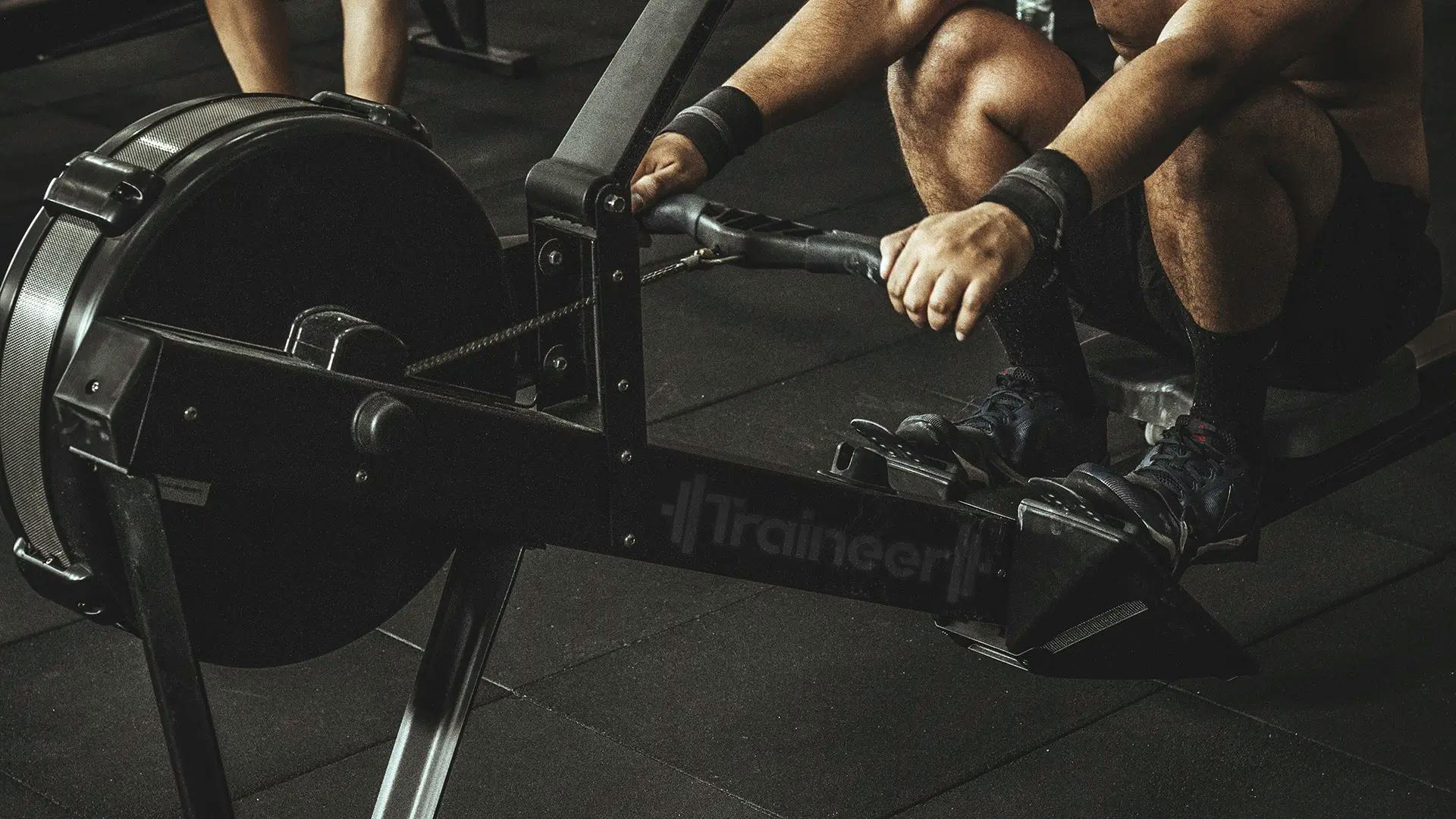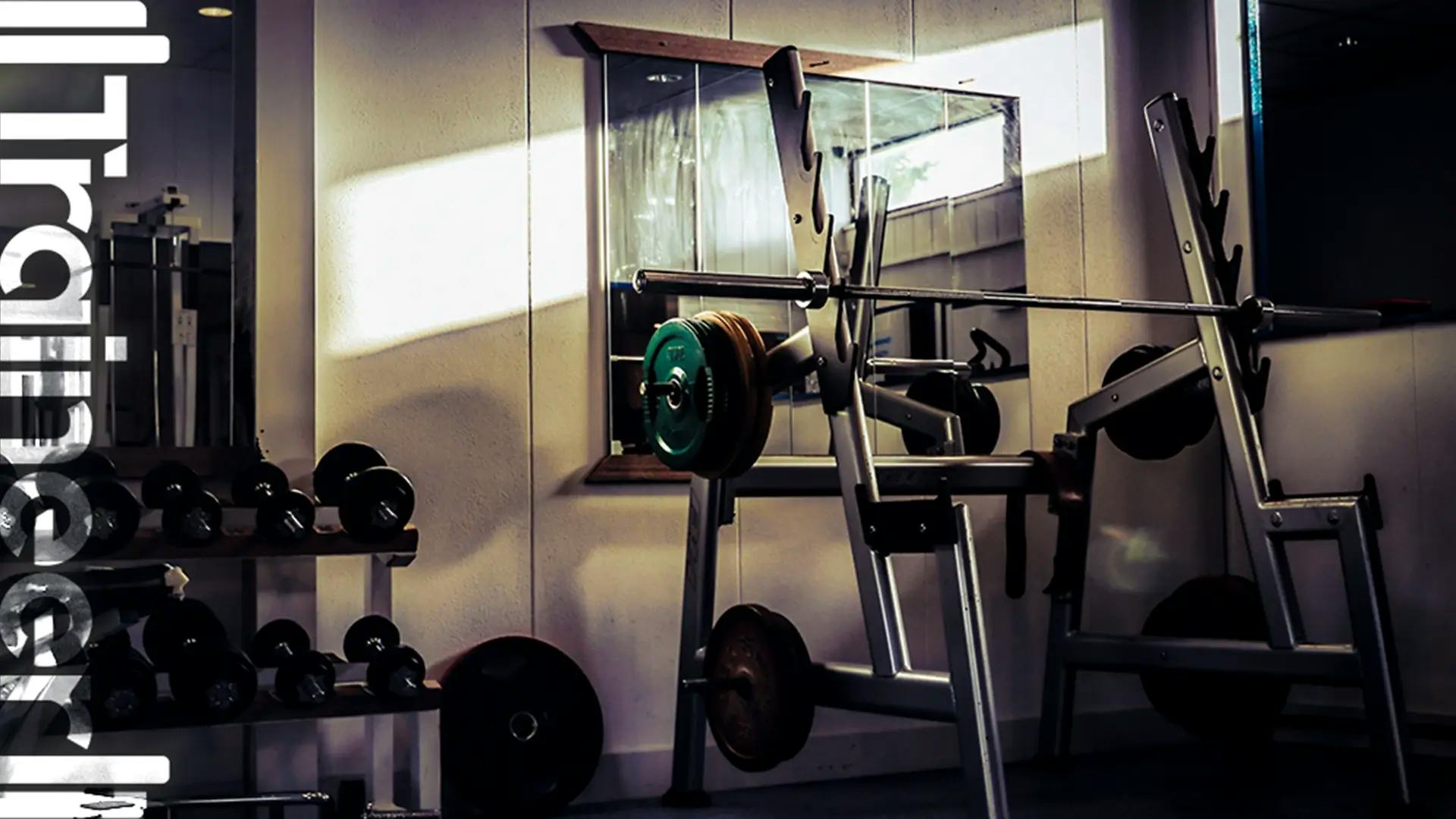What are partial repetitions and what are they for?


Partial repetitions are a training technique in which movements of an exercise are performed in a shorter range of motion than the full movement. That is, instead of performing the entire exercise from start to finish, you focus on a specific part of the movement.
For example, in a bench press, partial reps might involve lifting only from mid-range to full extension of the arms. This allows a specific part of the movement to be worked with greater intensity and focus.
Another example could be in a biceps curl where, as in the bench press, only half of the stroke is performed for each repetition. From the arms fully straight to a 90 degree position.
So, can partial reps be a good ally if we apply them in our workouts?
To answer this question, in this article we will explain in detail how to use partial reps in some exercises in order to achieve our goals and thus optimize our workouts.
What is overtraining?
The first point we will discuss in this article is overtraining, which can cause a decrease in sport performance if we do not understand or pay attention to different parameters.
The concept describing short-term overtraining during a specific training session and its impact on future sessions is closely related to acute muscle fatigue and insufficient recovery between workouts. This phenomenon can be analyzed from various scientific perspectives to understand its implications and management.
Physiological Aspects
During an intensive training session, muscles work beyond their usual capacity, which leads to the accumulation of metabolic waste products such as lactate. In addition, injury occurs at the microscopic level in the muscle fibers, which is a normal and necessary process for muscle growth and strengthening (hypertrophy). However, without adequate rest, this mechanical and metabolic stress can exceed the muscle's ability to recover, resulting in acute muscle fatigue.
This fatigue affects the muscle's ability to generate force, decreasing performance in subsequent sessions and increasing the risk of injury due to altered movement mechanics and overloading structures that are not prepared to withstand the excess stress.
Biochemical aspects
At the biochemical level, intense training leads to alterations in electrolyte balance, decreases in muscle glycogen and alterations in stress-related hormone levels, such as increased cortisol. These alterations can compromise muscle recovery and negatively affect performance in subsequent workouts if adequate time is not allowed for the restoration of normal levels of these components.
Recovery and adaptability
The recovery process is vital to allow the muscle to repair damage, replenish its energy stores and adapt to training stimuli. Lack of adequate recovery impedes these processes, leading to a state where performance not only ceases to improve, but can actually decline. This phenomenon is known as cumulative fatigue, where the effects of intensive training without adequate recovery accumulate, reducing the effectiveness of future training and increasing the risk of chronic overtraining if not managed properly.
How to handle it?
To avoid the negative effects of short-term overtraining, it is essential to incorporate effective recovery strategies, such as proper nutrition, hydration, rest, active recovery techniques (such as low-intensity exercise), and stress management. In addition, it is crucial to design training programs that alternate intensity and type of exercise, thus allowing different muscle groups the necessary time to recover between sessions.
Therefore, managing training and recovery with a scientific approach allows maximizing performance and minimizing the risk of acute fatigue and overtraining in the short term. The key is the balance between the right training stimulus and the recovery time required for optimal muscle adaptation, thus ensuring progression and prevention of performance decline in future training.
Once the physiological, biochemical and overtraining management concepts have been explained, we can clarify what partial repetitions are for and how to use them in our strength training to optimize sports performance.
Benefits of partial repetitions
From a maximal muscle mass gain point of view, based on emerging evidence it appears that partial repetitions at long muscle lengths offer a greater hypertrophic stimulus compared to full ROM or partial repetitions with a different range of travel.
This would be performing a partial stroke, but in the area where the muscle is most stretched; taking the example of the bench press above, this would be performing the exercise from the initial part of the concentric, when the bar is touching the chest, to the middle of the stroke.
This is because time spent producing tension at long muscle lengths is more important for hypertrophy than exposing the muscle to a full range of travel. That is, it appears that removing the "less stimulating" portion of the range allows us to focus our efforts on the portion of the exercise where the muscle is more elongated and thus the total tension it receives is greater, ultimately resulting in a greater stimulus for muscle mass gain.
How to use partial reps to gain muscle mass?
To get the most out of partial reps and avoid problems, it is important to use them correctly and safely. Here are some tips on how to incorporate partial reps into your training routine:
• Use an appropriate weight: Be sure to select a weight that allows you to complete partial reps in a controlled manner without compromising technique. Avoid using excessive weights that may lead to jerky movements or lack of control.
• Control speed and tempo: During partial reps, focus on maintaining a controlled speed and tempo. Avoid quick, jerky movements that could jeopardize your safety and cause injury.
• Use machines instead of free weights: Machines offer us a greater degree of safety since, as a general rule, they have stops and/or safeties that allow us to stop the exercise in case we cannot complete a repetition (failure), something that does not usually happen with free weights. In addition, the demands on the stabilizing musculature with machines are lower, so the stimulus of the target muscle will not dissipate as much, thus generating less fatigue.
On this basis, as mentioned above, current evidence seems to suggest that performing such partials when the muscle is at long muscle lengths is superior for muscle mass gains compared to training at full ROM or with partial reps at other muscle lengths.
Therefore, if you want to implement this type of strategy in your current training programming, the first thing to keep in mind is that it should be implemented gradually, as this type of training generates much more muscle damage and, therefore, you may experience more pain and fatigue after the session.
Also, from the Traineer team, we recommend that you implement it in exercises that allow you to control the route well and that are safe to perform, for example, a leg press or a squat on multipower with well-placed stops (both for safety and to standardize the route) are much better options than, for example, a free squat with a barbell.
With each training session and continuous physical effort, the human body enters into states of fatigue that require optimal muscle recovery and rest. In order to maintain a good level of sports performance throughout our training, from Traineer, we recommend that you . That is why in this article we have told you all the key points you need to know about partial reps, which we hope you will use in all your future training sessions to get the most out of them. Sincerely, the Traineer team.

